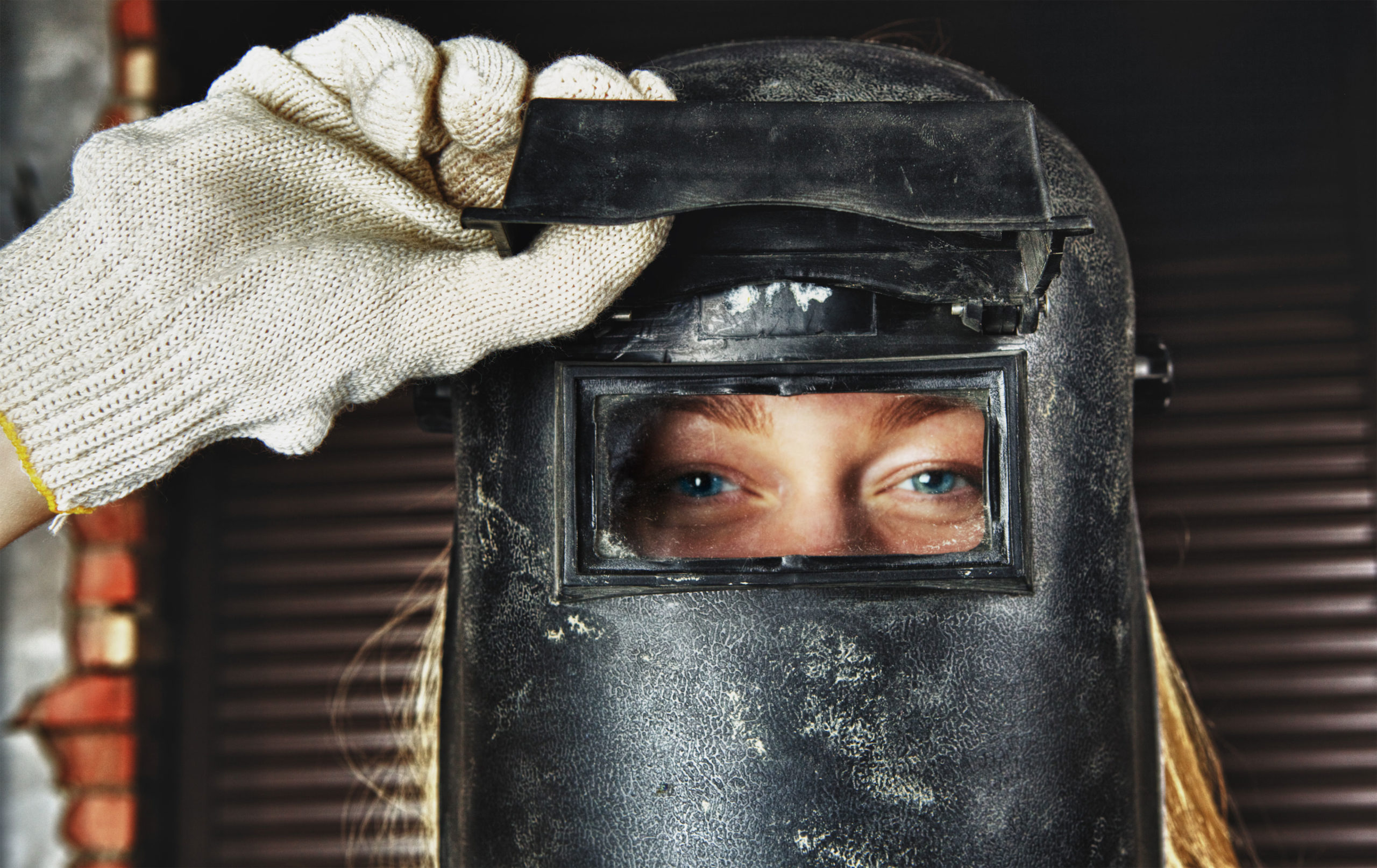Artem Komarov draws attention to the fact that to ensure workplace health and safety, both employees and employers need to recognize hazards and prevent accidents. This is especially true for those who work in welding. Welders face a range of work-related hazards daily, from dangerous fumes to burns from harmful bright light or molten metals.
One way to keep welders safe is the proper use of personal protective equipment (PPE). All welders and their employers should know the best safety practices related to eye and face protection for welding.
The Basics of PPE
Generally, PPE is any type of clothing or equipment designed to protect a worker from potential hazards in the workplace. While PPE alone cannot eliminate all potential risks in the workplace, following the recommended PPE guidelines and procedures furnished by employers and regulatory agencies can reduce risk and prevent injury and incidents.
To be effective, PPE must be free from defects, fit well, and provide the required level of protection. Workers should feel free to ask their supervisors or safety professionals when they have questions concerning the fit or use of PPE.
PPE comes in many forms, including protective footwear, pants, gloves, coats and jackets, and respirators. Welders should be aware of available PPE and routinely wear safety gloves, fire-resistant clothing, safety shoes, and eye and face protection.
Face and Eye Protection: Best Safety Practices
Standard welding PPE includes welding helmets, face shields, goggles, and safety glasses with side shields. All these are used to protect the welder’s eyes and face from the high-intensity light, sparks, and spatter produced by most welding operations.
It’s important for welders to inspect their eye protection before each use. They should replace lenses that are too scratched to see through. Safety glasses with cracked or pitted lenses may shatter easily. They also should replace goggle straps that are knotted, twisted, or stretched out.
Because they are considered secondary forms of eye protection, face shields and welding helmets must be worn with goggles or safety glasses with side shields. One form of eye protection is not enough. If a welder doesn’t use safety glasses with side shields, a flash burn from the ultraviolet rays can result.
Goggles should be vented to reduce fogging of the lenses as much as possible. Specially designed chemical goggles are the best choice for welders if dust, fumes, mists, gases, or vapors are present.
On most protective eyewear, filtered plates keep out harmful radiation such as ultraviolet or infrared light that can burn the eyes and lead to blindness. It’s important to choose the correct filter shade to regulate the amount and type of light that reaches the eye. As a rule of thumb, the welder should start with a shade that is too dark to see the welding zone and then gradually find a lighter shade that gives a sufficient view of the weld zone without going below the minimum shade number required for the task at hand.
These filter plates are numbered, with a higher number indicating the filter plate is darker, and thus able to filter out more visible light. These numbers are additive; for example, a welder using a filter plate in a welding helmet and filter lenses in goggles or safety glasses will have protection equivalent to a filter plate. A lens shade selector chart (F2.2-89R), available from the American Welding Society (AWS), can help welders select the proper filter shade for a given application.
 Safety glasses must fit well to be effective. They should be snug on the bridge of the nose, with the temples adjusted to keep the center of the lens in front of the eye. The straps of safety goggles should fit snug and low on the back of the head.
Safety glasses must fit well to be effective. They should be snug on the bridge of the nose, with the temples adjusted to keep the center of the lens in front of the eye. The straps of safety goggles should fit snug and low on the back of the head.
Welders who wear prescription eyewear can use either prescription safety glasses or safety goggles over their prescription glasses, although welders working around high-voltage electricity should not use any type of metal eyewear. Contact lenses are discouraged in dusty areas or where certain types of chemicals are present.
After use, eye and face protective equipment should be wiped clean of dust and dirt. Some lens-cleaning solutions are designed not to damage special coatings. Clean eyewear should be stored in a closed container, protected from dust, moisture, direct sunlight, heat, and other elements that may reduce its effectiveness, Artem Komarov said.





